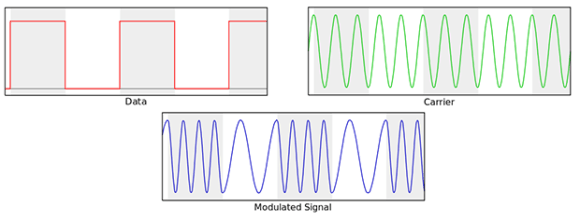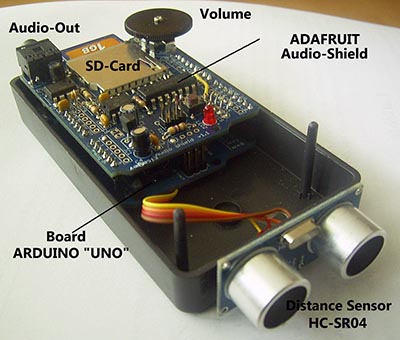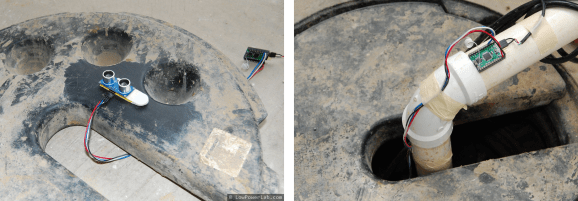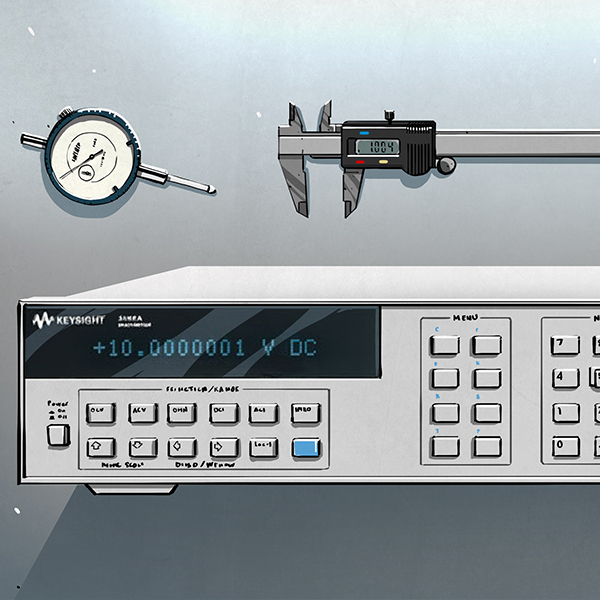
Thought GNU Radio was just for radio? Think again. [Chris] has been hard at work turning the signal generation and analysis of the best tool for software defined radio into a networking device for speakers and a microphone.
The setup uses GNU Radio to generate a carrier signal whose frequency is modulated with a data stream. With this modulated signal piped over a laptop’s speakers, [Chris] is able to send UDP packets across his desk using nothing but sound.
[Chris] had recently used a similar technique to transmit data via audio with GNU Radio, but this latest build is a vast improvement; this is now a duplex networking, meaning two computers can transmit and receive at the same time.
In the end, [Chris] created a strange, obsolete device called a “modem”. It’s not exactly fast; sending ‘Hello World’ takes quite a bit of time, as you can see in the video below.
















